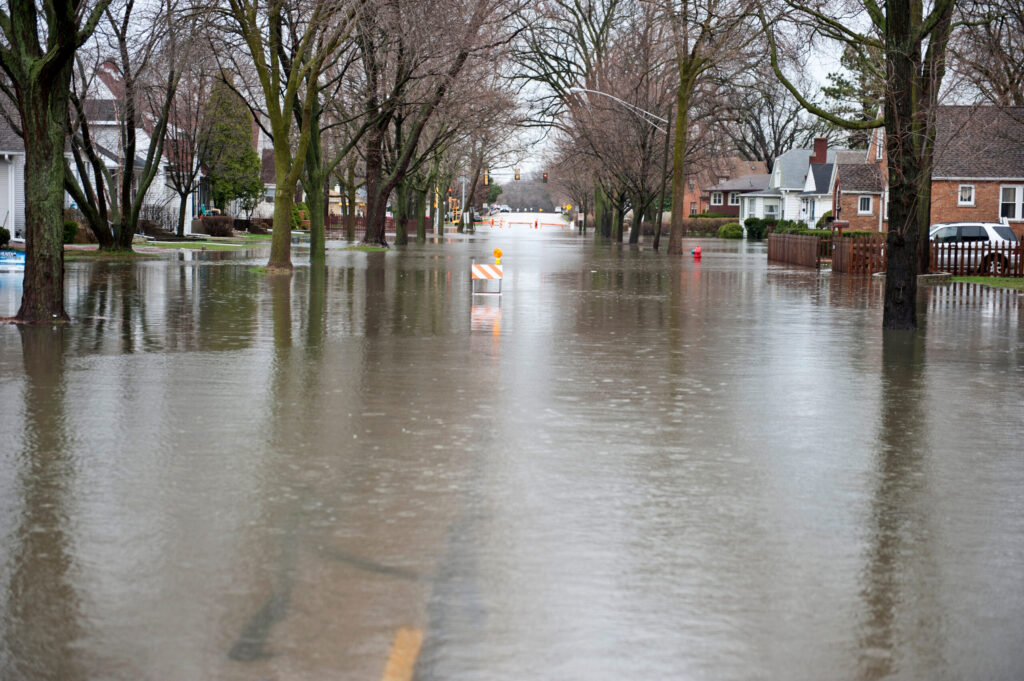The Importance of Flood Insurance

When floodwater from a severe, week-long storm started pouring through the walls of Becky Bentley’s house, she knew she had to get out fast. In the short time it took her and her son to run upstairs to grab the family cat, the rapidly rising water trapped them on the second floor of their home.
With the help of a neighbor, they manage to escape. But when the water receded and Becky finally returned to her Atlanta property, she discovered most of the contents and drywall were unsalvageable. She thought her homeowners insurance would cover the losses; but found out most standard homeowners policies do not cover flood damage.
“The water got so high, everything was just destroyed,” Becky told the National Flood Insurance Program. “I didn’t have flood insurance because I wasn’t in a flood plain, so we were told we didn’t need it.”
Floods are the number one natural disaster in the United States. While some regions, such as coastal areas, are more flood-prone than others, the unpredictability of climate change exposes all property to some risk. And torrential rainfall isn’t the only culprit. Flooding is also caused by mudflows, rapid snowmelt during spring and ice jams during winter.
Even an inch of water can cause thousands of dollars in damage, shocking those who find out flood losses are specifically excluded from their homeowners and personal umbrella policies.
Flood insurance provides the protection you need to cover losses after a flood ravages your property. The cost of premiums vary based on the amount of coverage you need, what’s covered and your property’s flood risk.
What Protection Does it Offer?
A standard homeowners policy does not cover damages from flooding. A separate flood policy is needed to cover losses to your property caused by flooding, which provides coverage for things such as:
Structural damage
Furnace, water heater and central air-conditioning
Flood debris clean up
Electrical and plumbing systems
Cost of Coverage
As a homeowner, you can insure your home for up to $250,000 and its contents up to $100,000. For this $250,000/$100,000 building and contents coverage, yearly premiums average $405 in low- to moderate-risk areas. If your home is located in a high-risk area, talk to the professionals at INSURICA to determine your premium.
While it is up to the property owner to decide if they want to cover the building, if you are a renter, you can cover your belongings up to $100,000.
Stay Protected
Flood insurance means you’ll be reimbursed for all of your covered losses. As long as your community participates in the National Flood Insurance Program (NFIP), you’re eligible to purchase flood insurance.
In general, a policy does not take effect until 30 days after you purchase flood insurance. However, if your lender requires flood insurance in connection with the making, increasing, extending or renewing of your loan, there is no waiting period.
Water Losses and Flood Damage
For your losses to be covered under a flood insurance policy, the following definition of a flood applies:
New flood insurance policies usually have a 30-day waiting period, so don’t delay in protecting one of your most valuable assets—your home. For more information on flood insurance, including premium costs, levels of coverage and the flood risk for your area, contact INSURICA.







